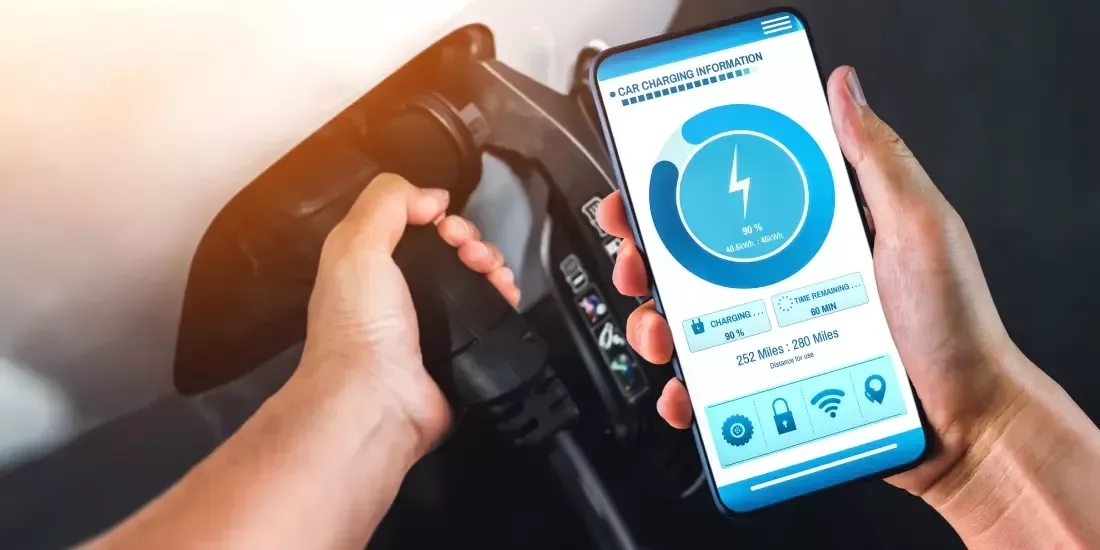Poor Mobile Signal Affecting EV Charge Points

New data from the RAC Foundation has shed light on a common issue EV drivers face. When it comes to charging their vehicle, poor mobile signal can get in the way of establishing a reliable connection. Public chargers often rely on mobile connectivity, and if you can’t get through, you can’t charge.
Limited Mobile Phone Connectivity
The report from the RAC Foundation has discovered 66.4% of Type-2 public chargers lack acceptable mobile signal coverage from all four major networks. This means they cannot guarantee to work 100% of the time.
Thousands of locations across the country are affected, with chargers lacking signal from O2, EE, Three and Vodafone. Of the slow chargers available in London, just under 40% have acceptable signal.
Number of Public Chargers
In January this year, there were 53,677 public chargers in the UK. A huge proportion of these (31,910) are Type-2 chargers. This just means that they’re faster and are capable of charging any vehicle.
Type-2 chargers can charge up to 8kW on a slow charge, but the majority of them rely on apps to work, which requires a stable mobile signal. This means that contactless payments aren’t often provided.
When it then comes to payment, it’s highly likely that the public charger won’t then activate, leaving drivers without charge going into their EV.
Signal Masts
The four main network providers have masts up and down the country. Smaller networks will piggyback off these. Even if a consumer isn’t with one of the big four providers, there’s still a risk that the charger won’t be receptive.
Unless all four major providers have a decent level of signal coverage, either the user or the charger will lack the connection. This means that EVs will have to be charged elsewhere.
Possible Solutions
In an age where the country is trying to transition to electric vehicles, UK residents need all the help they can get. Not everyone has access to a driveway, so some have to rely on public chargers. One of the main issues with this, however, is that VAT is much higher, at 20%, compared to 5% for home chargers. The Spring Budget was widely regarded as a missed opportunity for bringing this disparity under control.
The director of the RAC Foundation, Steve Gooding, expressed the need for better mobile car charger infrastructure. He believes poor connectivity issues won’t be highlighted in the new mandatory reporting system as this will only apply to the rapid charger network.
“Where signal connectivity at a chargepoint is a problem drivers might conclude that the charger is at fault hence undermining the confidence we should be building in the reliability of public charging options for electric vehicles.”
Steve Gooding – Director of the RAC Foundation
According to the RAC Foundation, a possible solution could be roaming SIM cars. These would connect to the strongest network in the area at the charging site. Other solutions include external or additional antenna or more significant mast sharing between network operators.
In effect, you need to look at how to get around the shortcomings of mobile networks to establish stronger, more reliable EV charging infrastructure.
Are you interested in an EV charger for your home? Use the button below to find out how much you’d pay to get a tailored quote for your area.
